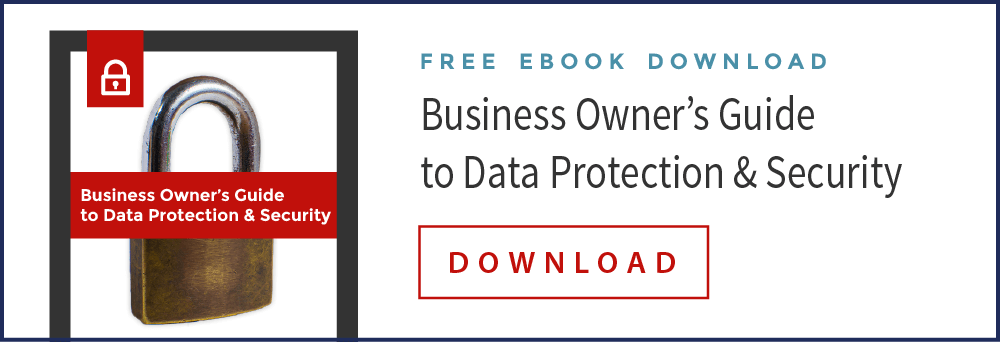There isn’t any question that 2016 is a ransomware horror show, and we don’t say this with any facetiousness. With ransomware being one of the most insidious pieces of malware out there, awareness is the only thing that can truly bring protection and network security.
Unfortunately, far too many businesses don’t realize how much ransomware is out there. You perhaps haven’t kept up yourself from being too busy and getting overwhelmed at all the malware names.
We’ve seen an uptick in more ransomware since the first of the year. Through spring, we’ve seen it pick up even more with various, ominous titles.
Since March, over 17 different variants appeared, and it’s become far more malicious. Plus, we recently reported on how ransomware managed to infiltrate Mac computers. Despite some fixes for all these situations, many variations are still out there, and we continually have concerns about what could come next.
Fortunately, with proper IT management and consulting, you can protect yourself assure that you have a secure network. But take a look at the ransomware names still out there with updates up to this past April.
CryptoHost Ransomware
Around the first of April, this ransomware came to light with features similar to others. This one does what many of them do: ask for a ransom in bitcoin. Here, it’s .33 bitcoin, which translates to $140 dollars.
What CryptoHost does to fool people is make it appear your files have encryption when they’re really copied on an RAR archive with password protection. Using proper help, you can scope out this password and get your files back. In this regard, you can call this the weakest on the ransomware list. Even so, many more are worse and challenging to infiltrate.
Jigsaw Ransomware
As a complete opposite from the weaker ransomware above, you have another called Jigsaw. Named after the character in the “Jigsaw” movies, this malware is one of the worst out there because it slowly deletes your files if you don’t pay the ransom within a deadline.
You can imagine the terror seeing over a thousand of your files delete every time the ransomware restarts. For a business, it’s a major nightmare, though some have found a way to shut it down to decrypt files.
CryptXXX Ransomware
If you fear how expensive ransoms are getting with ransomware, CryptXXX is another recent warning. When this first became known in early April, CryptXXX began asking for a huge sum of $500 in ransom money. It shows how brazen ransomware creators have become in asking for ever-increasing amounts.
Here, the malware creates three separate files, giving it connecting strings to similar programs like Locky and CryptoWall.
As another insidious variation, CryptXXX has a design to directly steal bitcoins so businesses end up paying a ransom whether they want to or not.
Unfortunately, this ransomware is still out there and not easy to stop.
TrueCrypter Ransomware
It seems we continually see odd malware variations about every month with twists on how files get encrypted and the ransoms requested. TrueCrypter is a strange one because it asks for ransom in Amazon gift cards.
As a result, many who’ve studied this ransomware (since discovered last month) think it had an amateur designer. That’s because the Amazon gift cards are easily traceable.
The program encrypts files using AES-256 encryption methods, which makes this still dangerous to all businesses.
Proof of it possibly being created by amateurs, however, shows the range of ransomware out there today. Nevertheless, it shouldn’t make you think it’s always easy to block without proper support.
With quality IT management and consulting, you can get protection from ransomware so your business doesn’t turn into its own horror show.
To find ideas and solutions for network security for your business, download our complimentary Business Owner’s Guide to Data Protection & Security.



